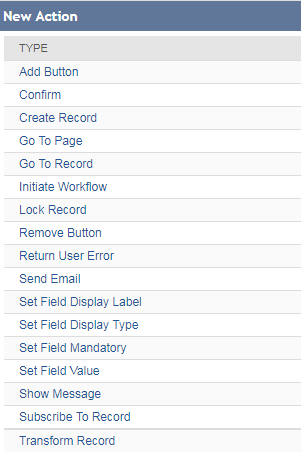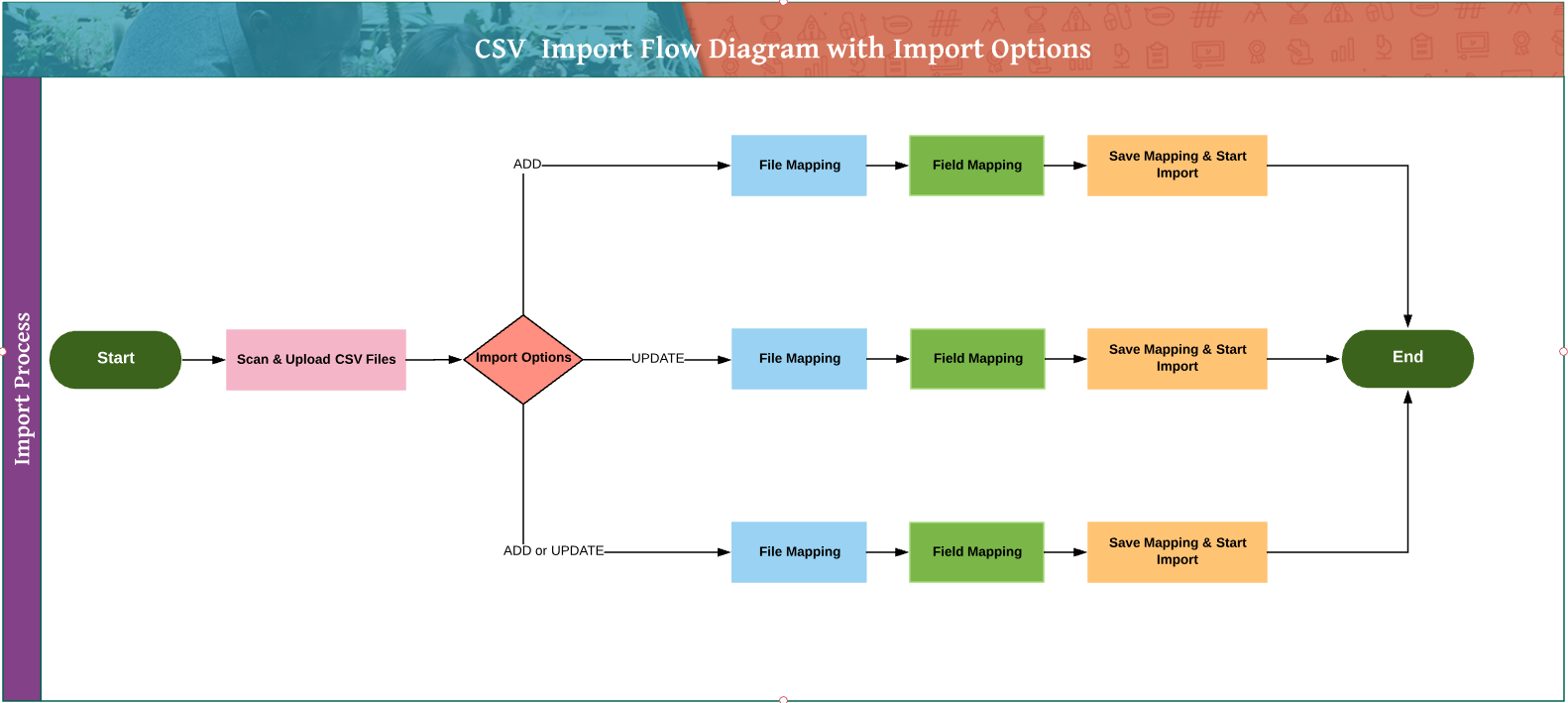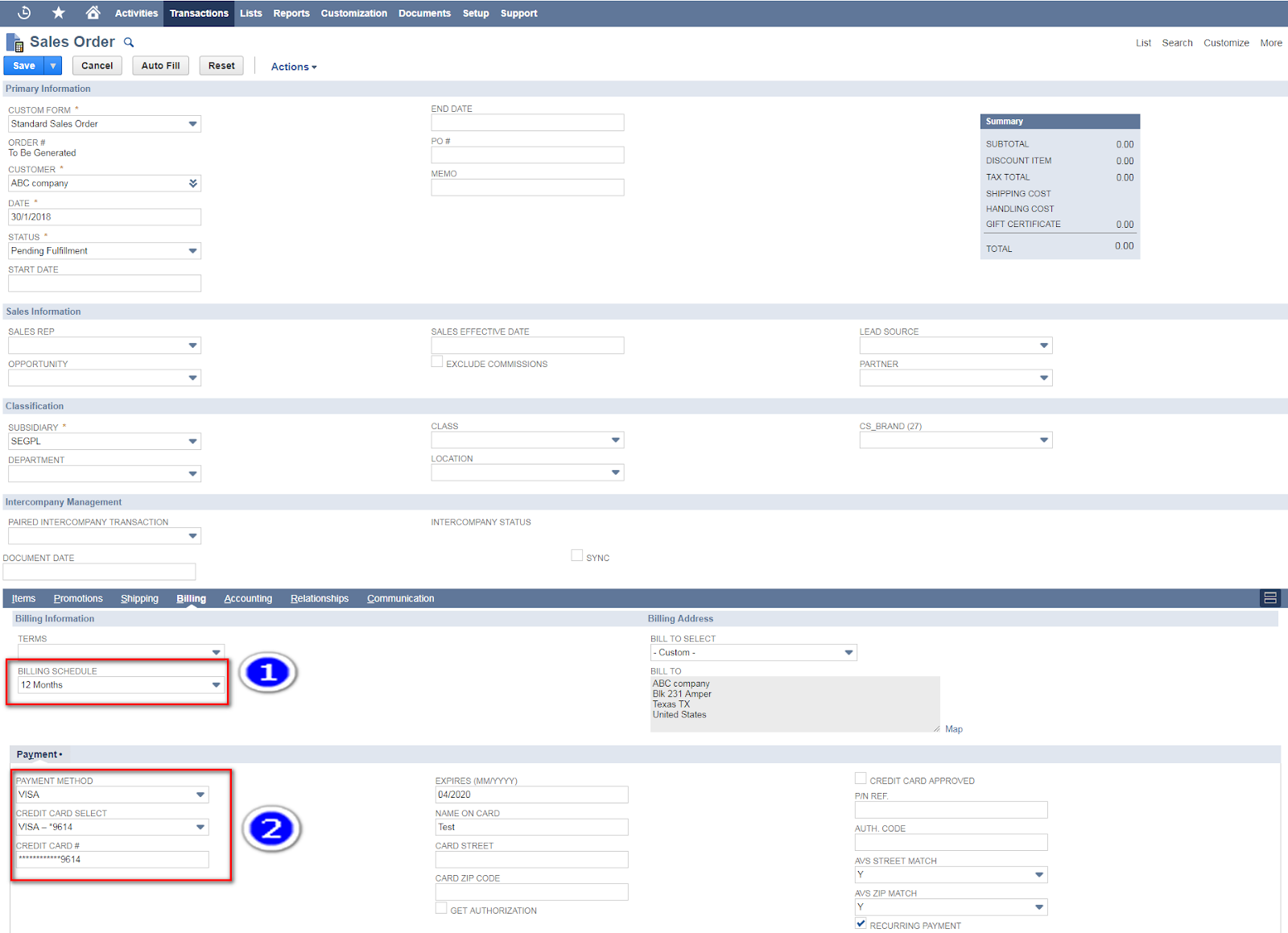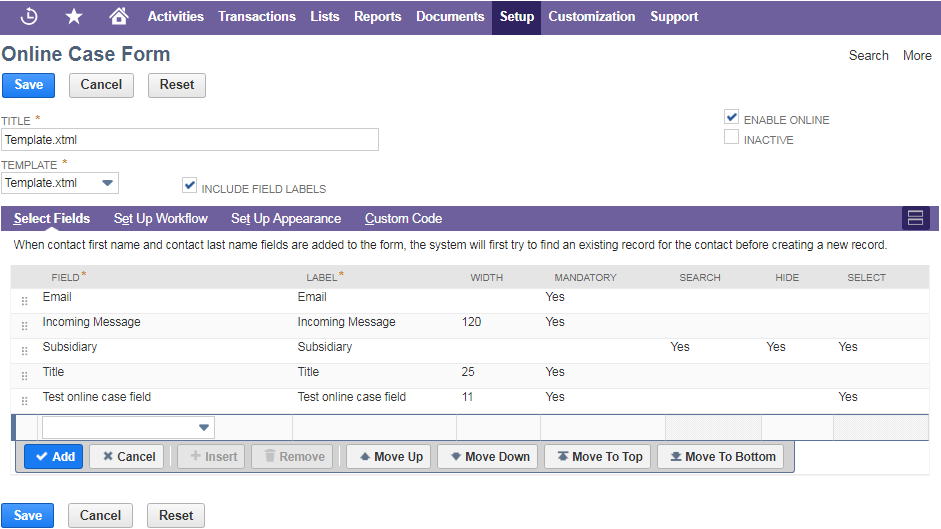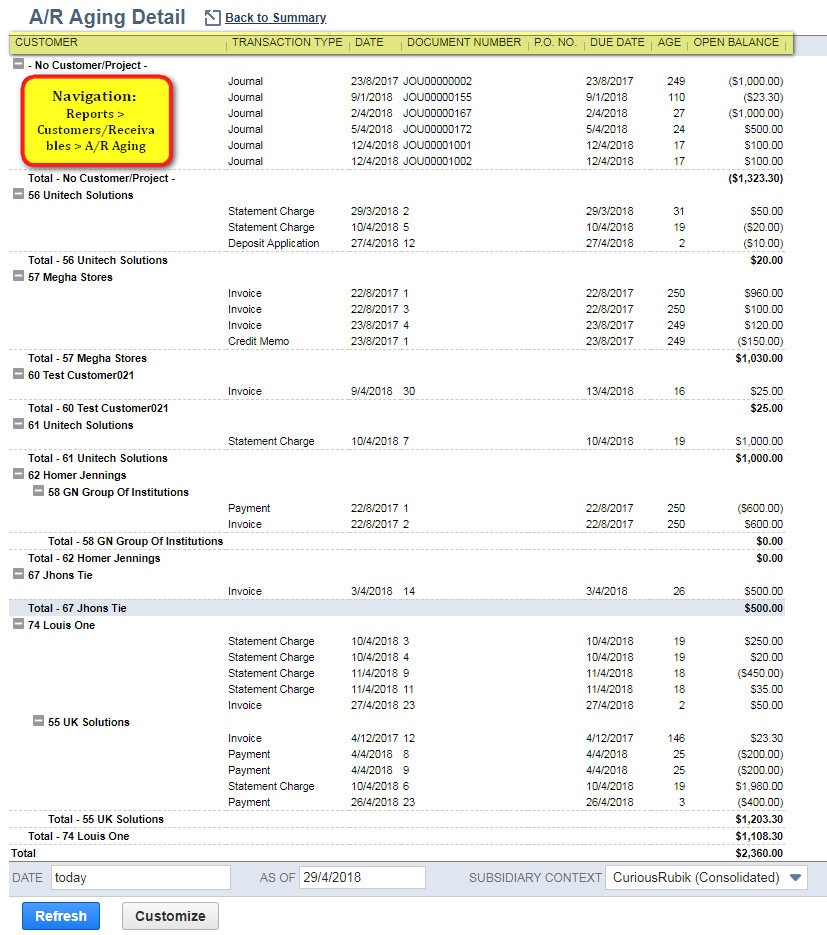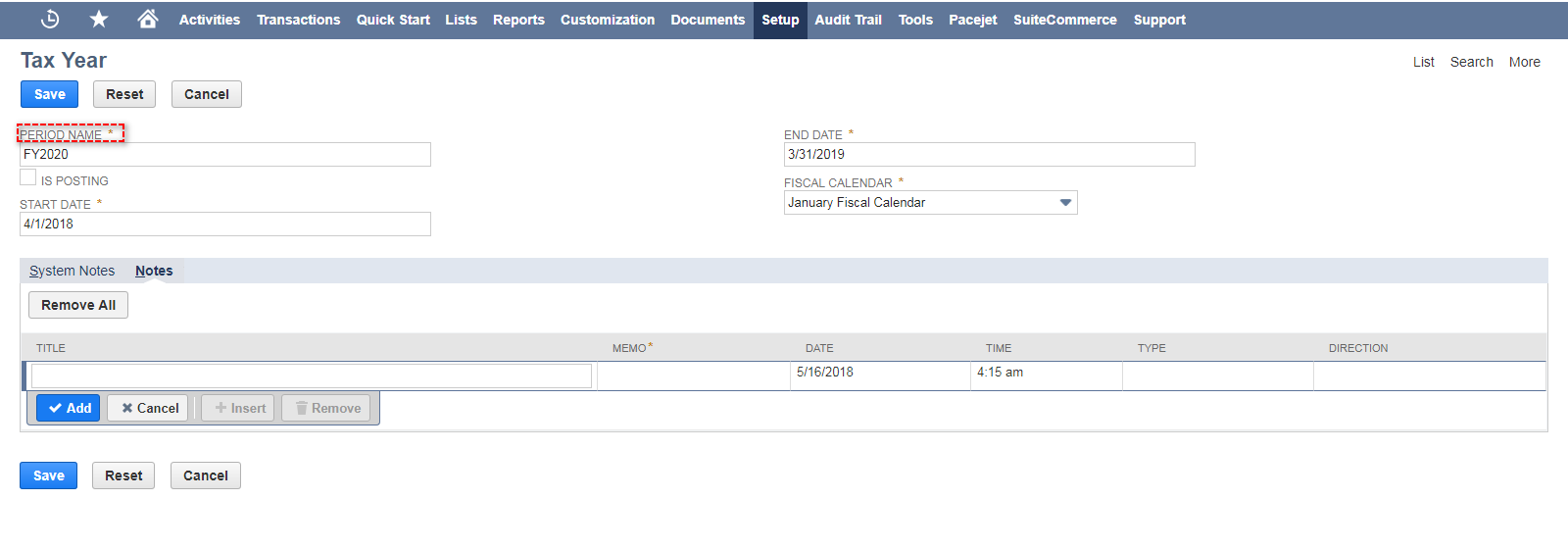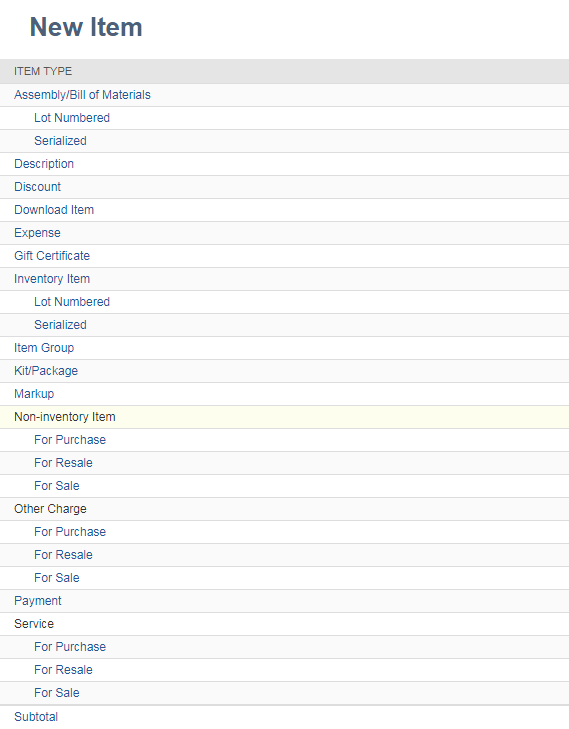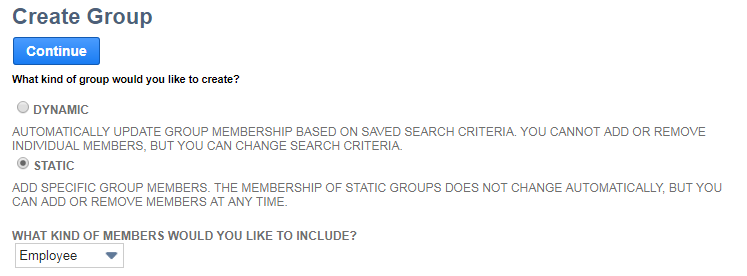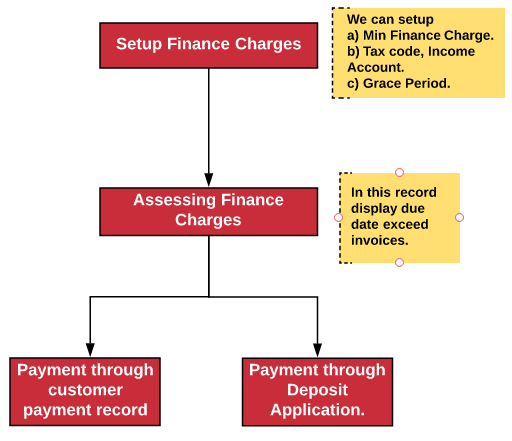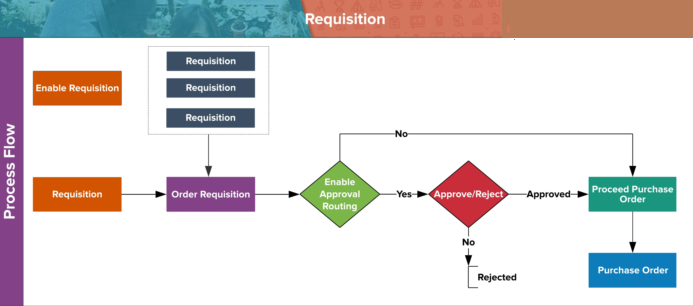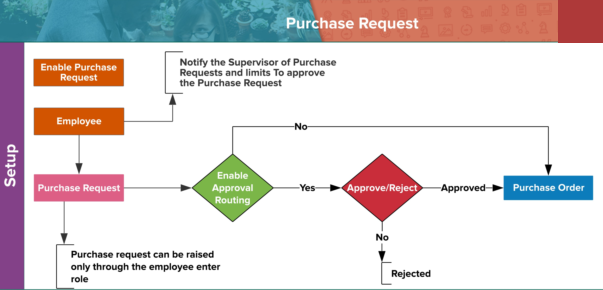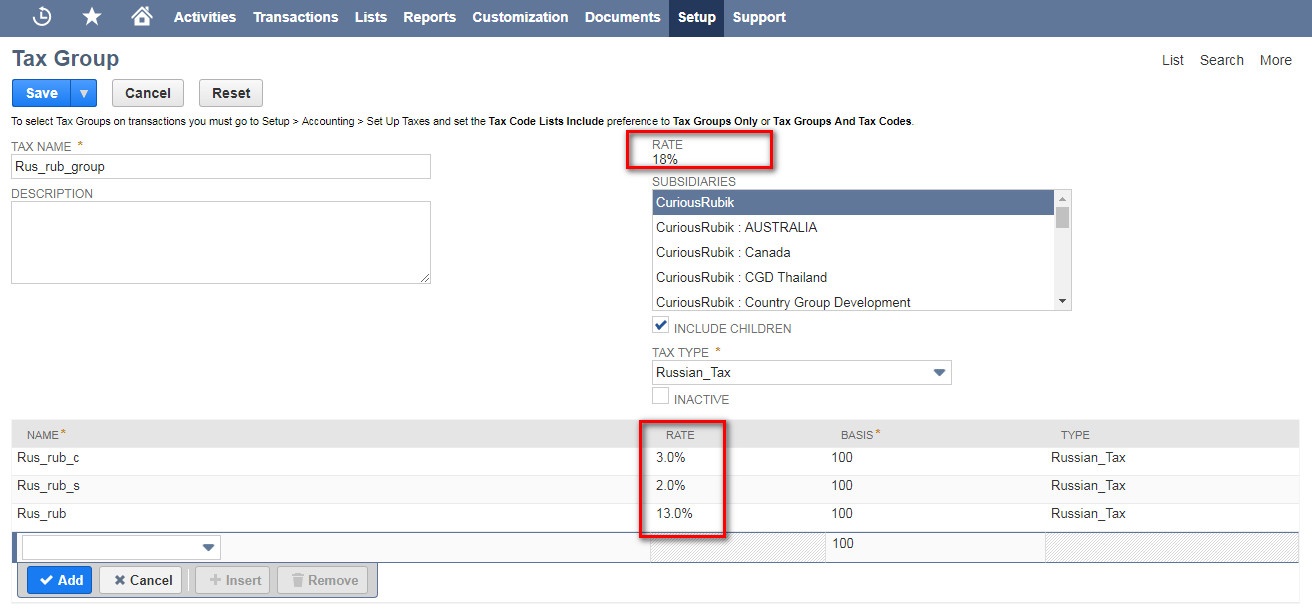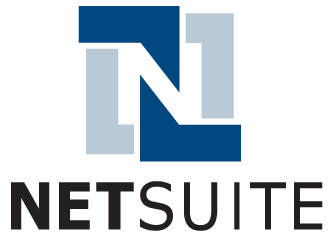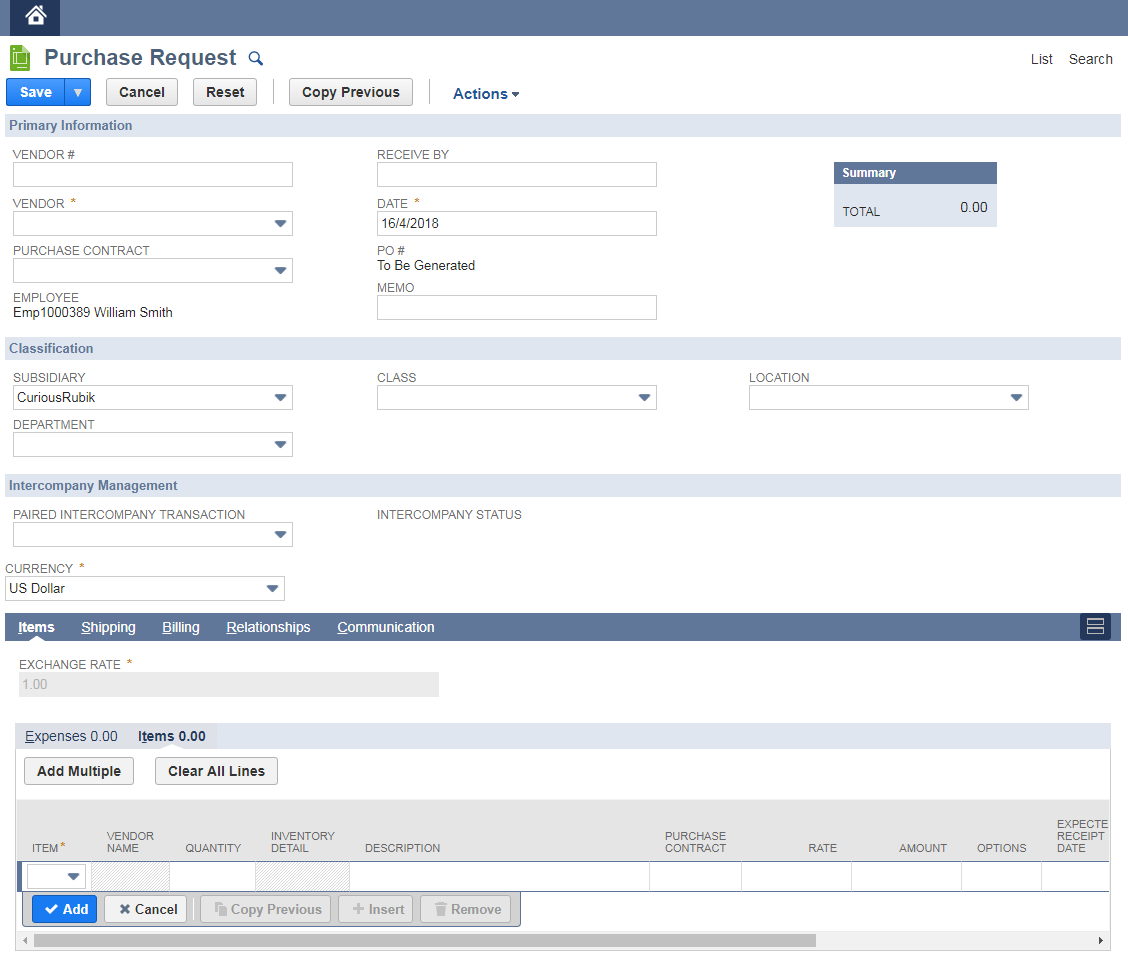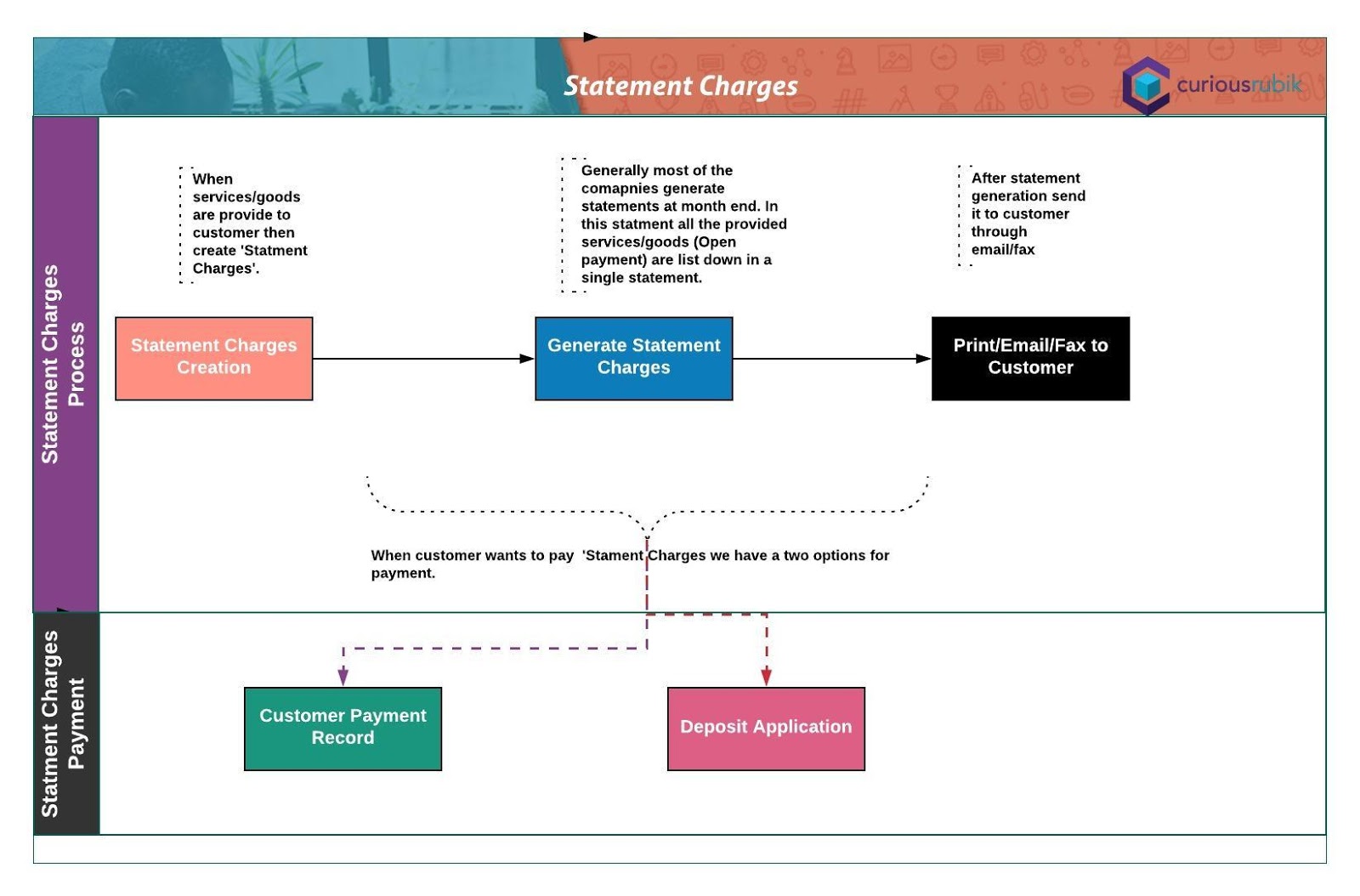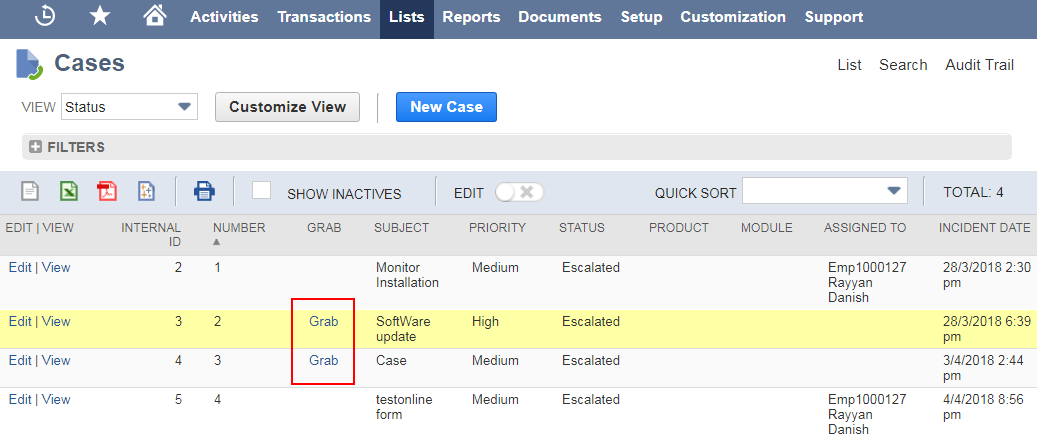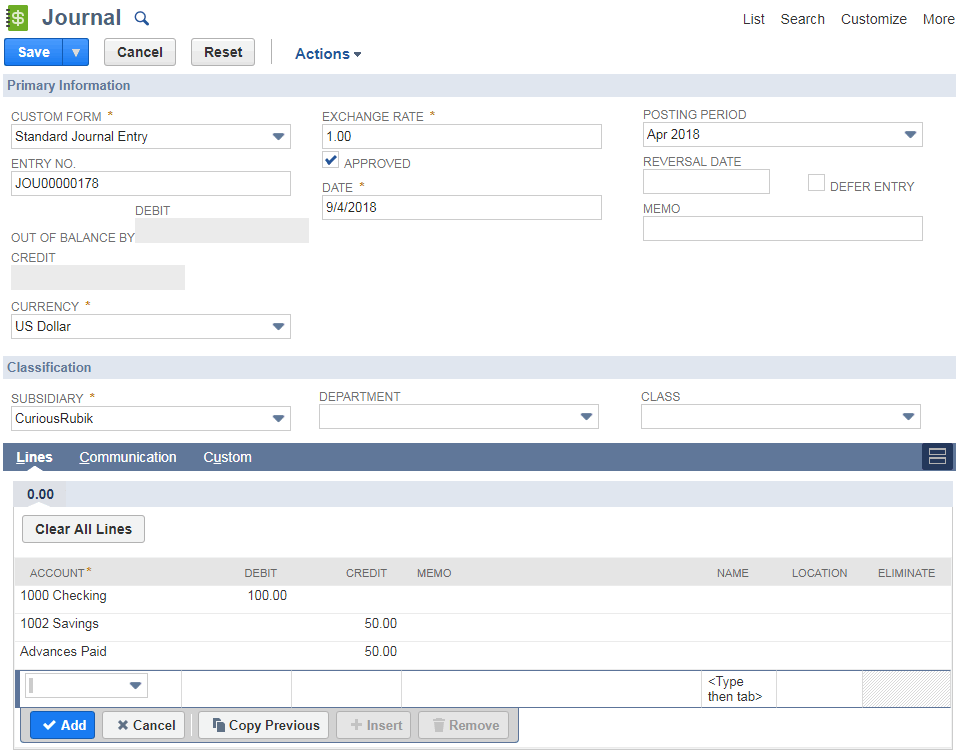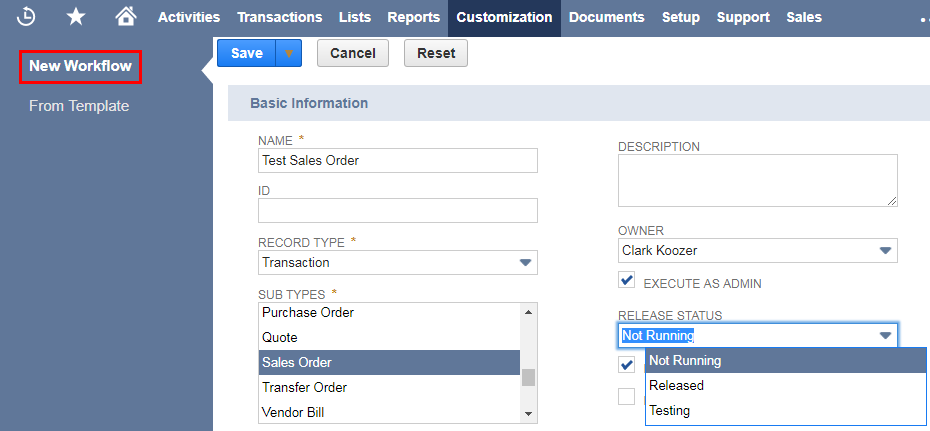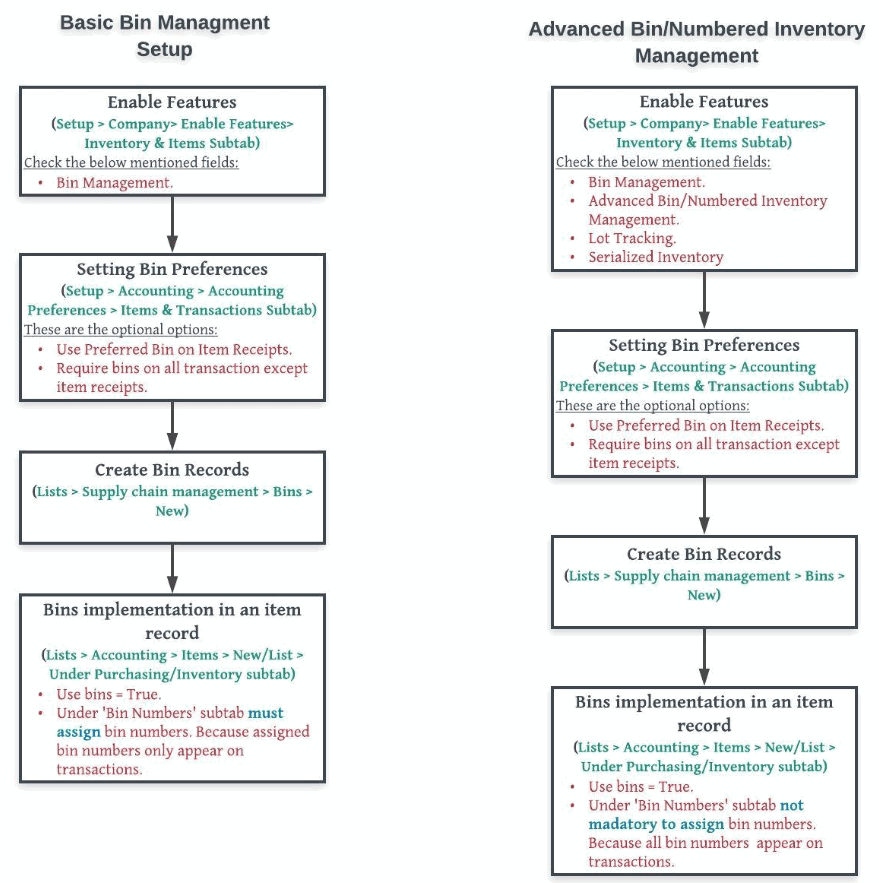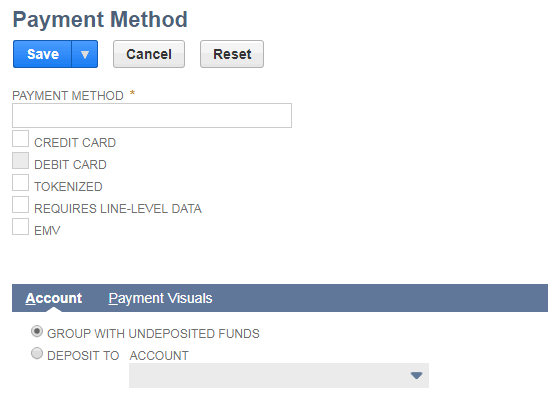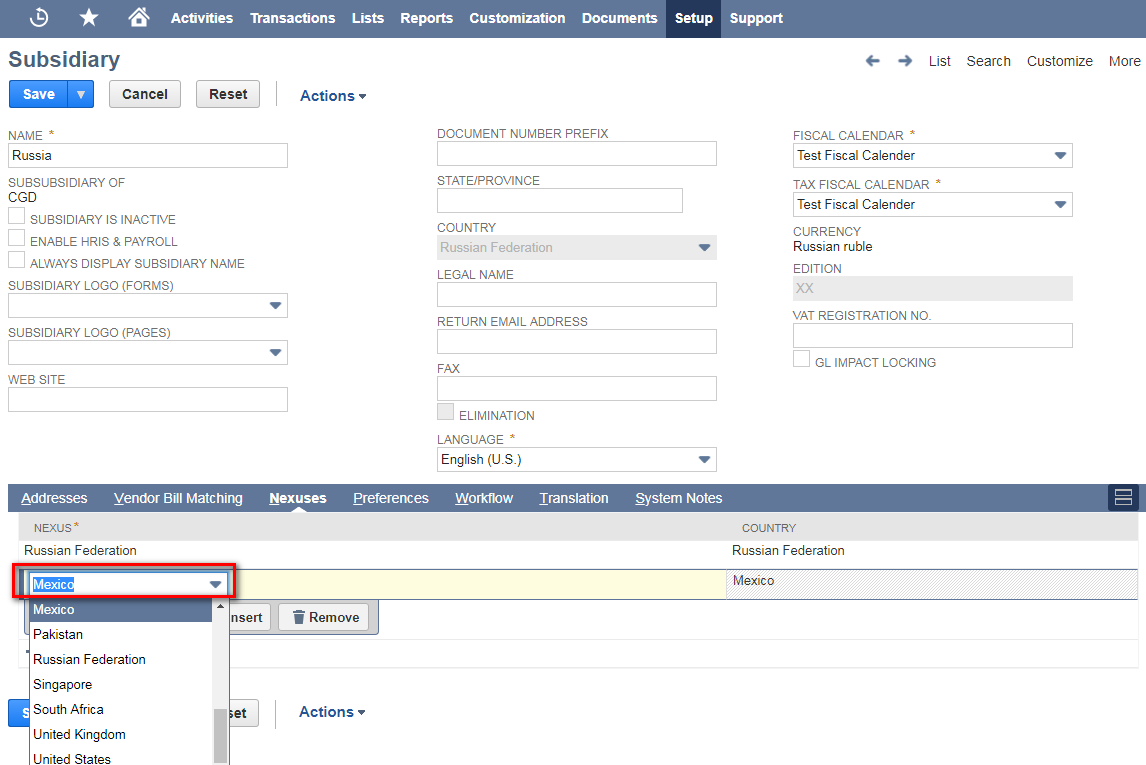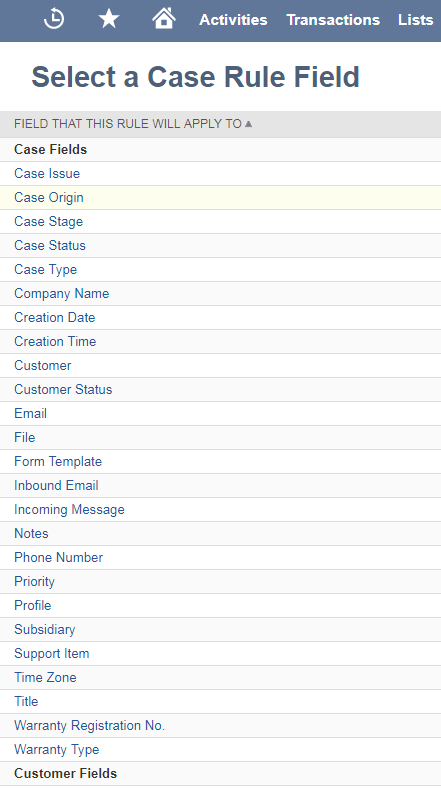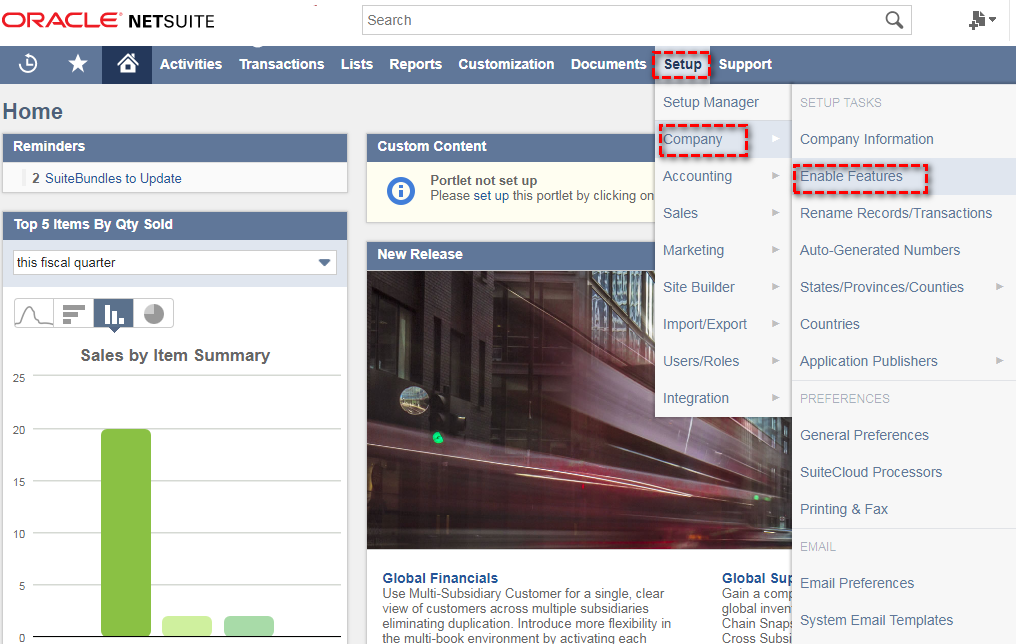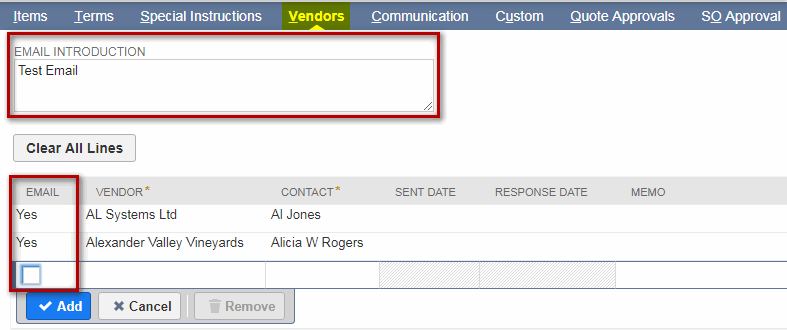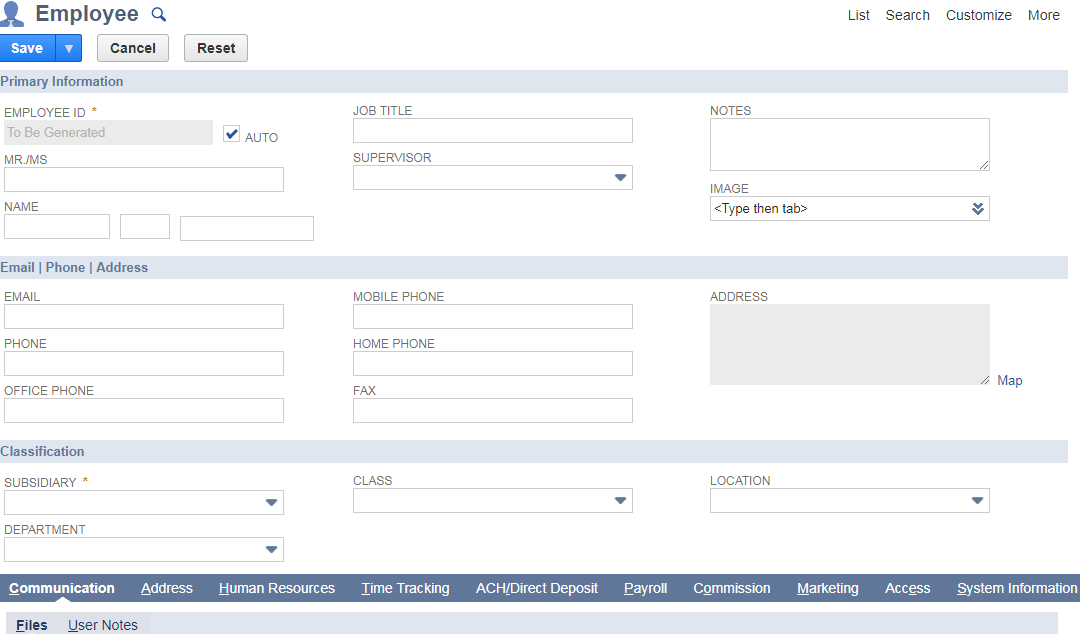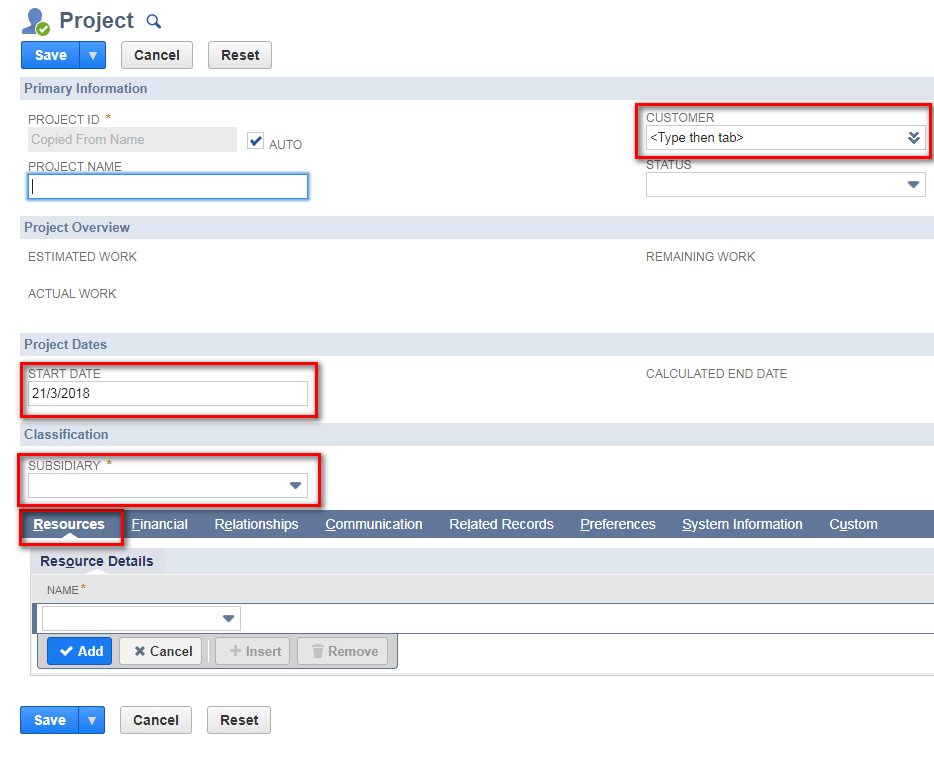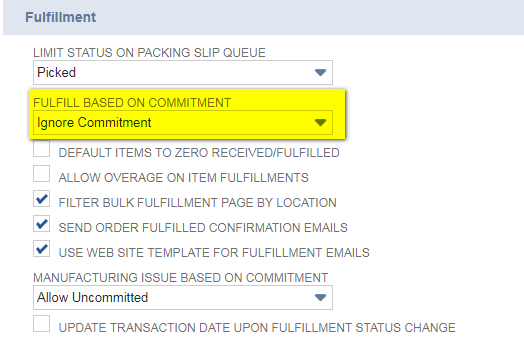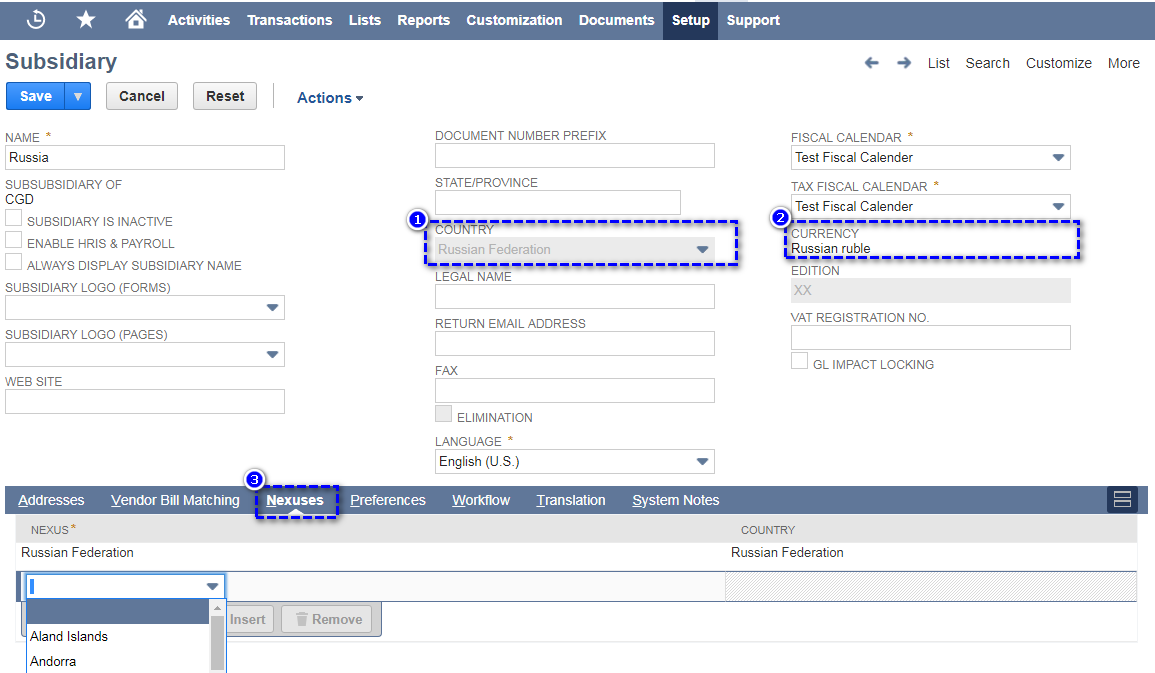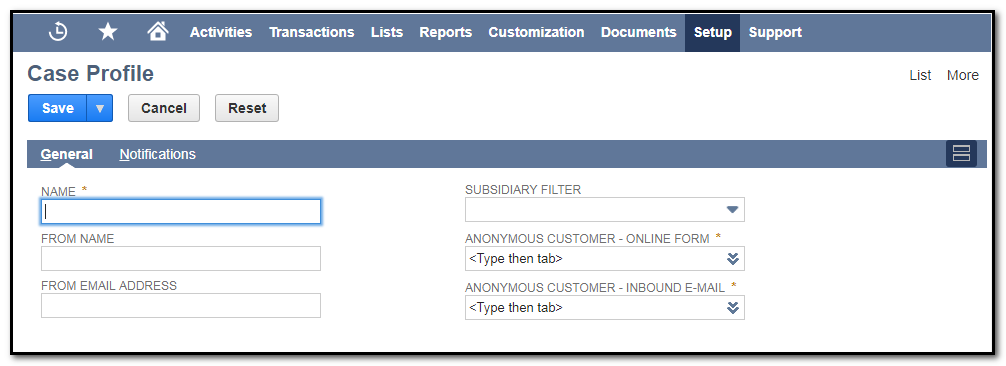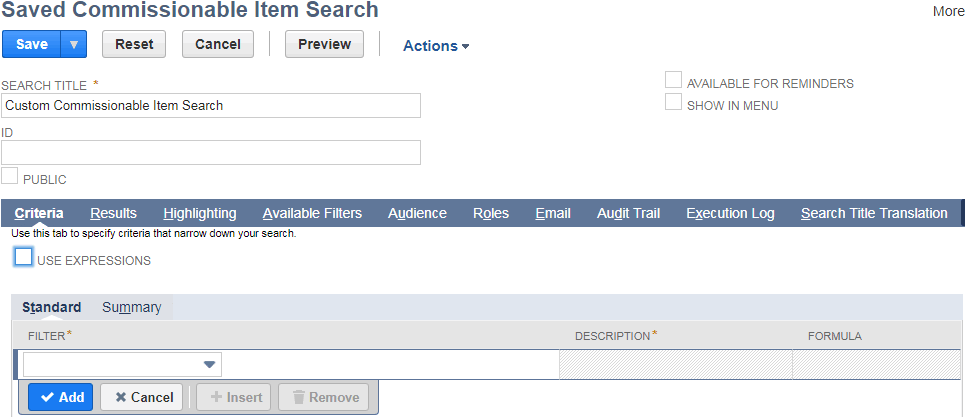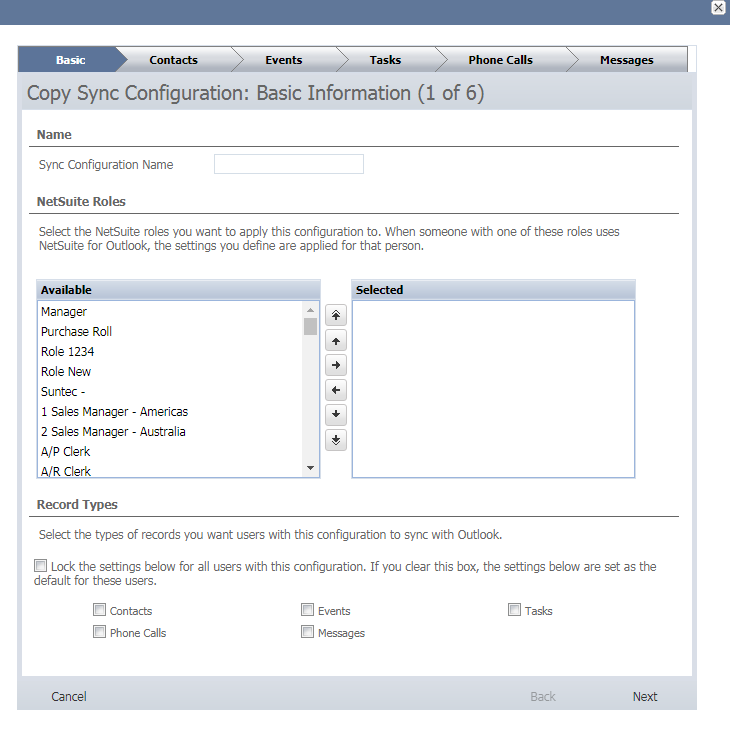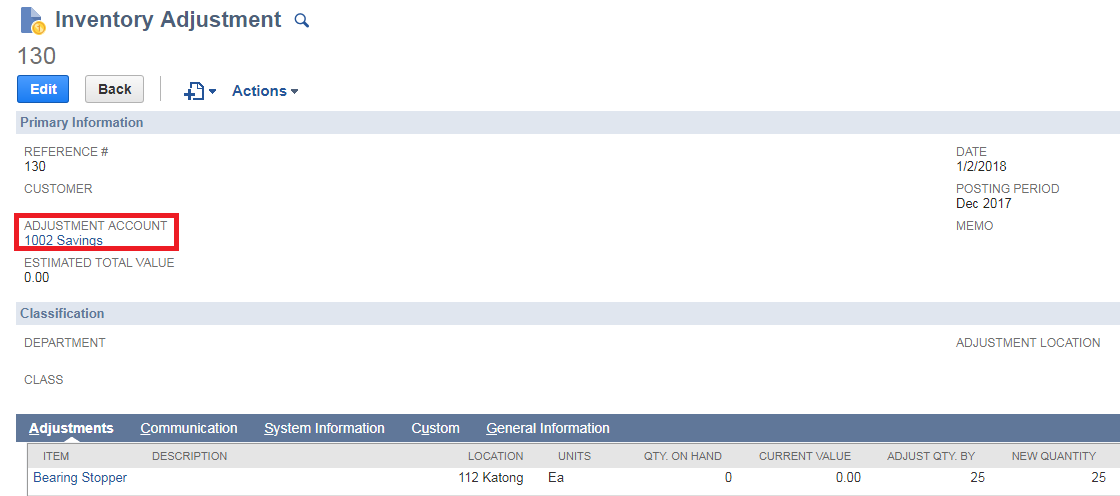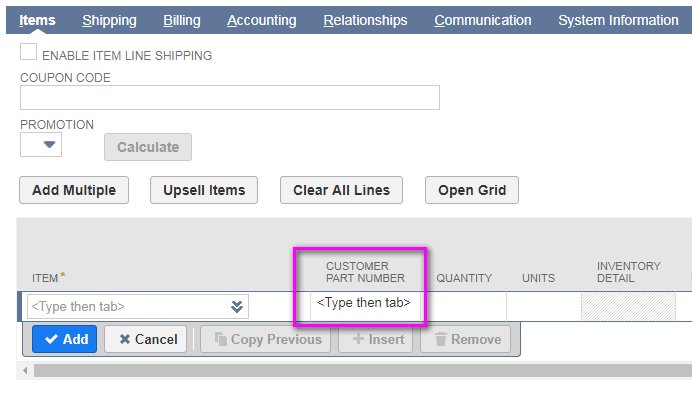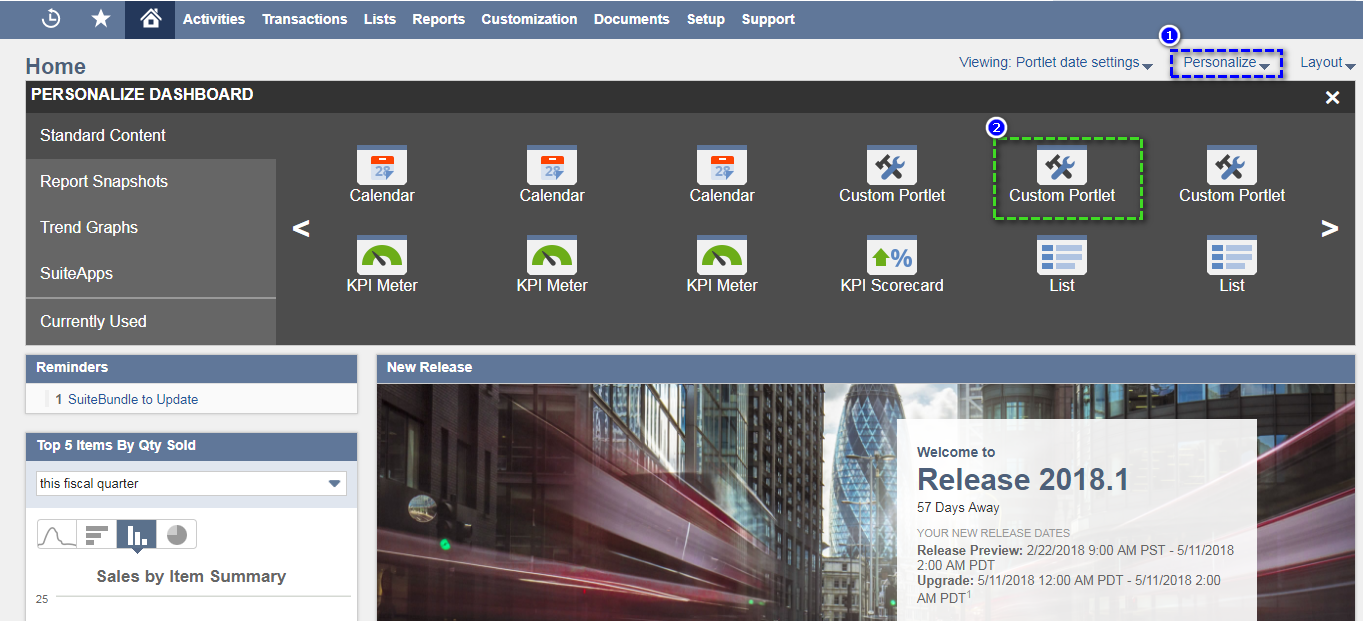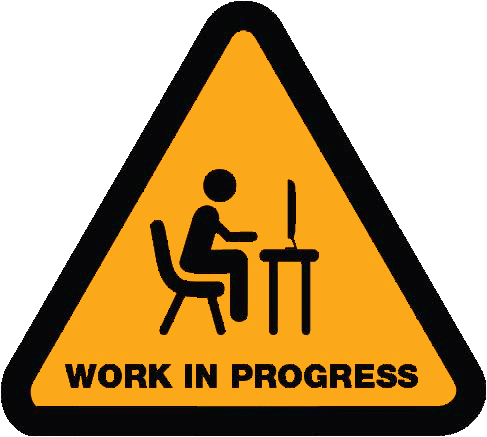How Effective Skills Tracking Can Improve Resource Management for Professional Services Organizations
Effective resource management is a priority for all professional services executives looking to optimize profit margins, improve billable utilization, retain top talent, increase client satisfaction and beyond. At the most basic level, resource management is simply the concept of assigning the right resource, to the right project, at the right time. But to describe it in this manner is to oversimplify the process, and does not address a critical piece of the resource management puzzle—skills tracking.
Skills tracking is a significant, but often overlooked, component of the resource management process. It acknowledges that not all resources are equal, and that there can never be a one size fits all approach when your resources are people—unique individuals with unique skill sets and experiences.
To effectively drive a skills-based staffing program means that you need far more than a spreadsheet to manage resources. It means finding a way to parse through increasingly complex skills sets and hierarchies to quickly find the best candidate for the project, and to determine if that individual will be available once the project is underway.
While accurate skills tracking may sound simple enough, reality and experience continue to prove otherwise. Below are six recommended steps to building an effective skills tracking program, and how services organizations of all shapes and sizes can drastically improve resource management practices to ensure that resource skills information is tracked and leveraged to improve the ability to compete, succeed and increase client satisfaction in a competitive professional services environment.
Step 1: Develop a Skills Matrix to Fit Your Organization's Business
Real skills tracking means looking at multiple intersecting dimensions, based on the organizations' business goals, capabilities, clients, target industries and needs as well as an active interpretation of how all those criteria should fit together. This should include both categories (for functional skills, such as technologies and products) and qualifications (to address levels of expertise within those technical areas).
Step 2: Assess Qualifications and Their Value
Skills qualifications typically involve certifications on specific technologies—a networking consultant might be a Cisco Certified Architect, for instance, or a database consultant an Oracle Database Administrator. A consultant specializing in the financial services industry might need a Chartered Financial Analyst (CFA) designation. Within these certifications are further details that may be critical to the project: What level is the certification? When does it expire? Experiential skills such as a consultant's roles and language skills can also be important.
Step 3: Look Beyond Certifications to Improve Retention and Add a Human Factor
The less tangible aspects of a resource's skills profile are often overlooked, but these important details can have significant impact. From preferred projects and requested training to travel restrictions and preferences, the less tangible details can add up to a more complete picture of a resource's skills and provide details that contribute to higher than average retention rates.
Step 4: Don't Limit Success with Spreadsheets
The ability of a resource manager to access, configure and actually use the skills database in a user-friendly fashion will drive the value that the database provides. This capability is where the skills database takes a giant leap over the capabilities of a skills tracking spreadsheet. A resource management system, such as one provided by professional services automation (PSA) software, can provide a rapid ROI if you chose the right technology.
Step 5: Invest in Capacity Planning and Forecasting
Reporting and forecasting are where the real benefits of the skills tracking database take shape. By making the database part of an overall, integrated services resource planning (SRP) strategy, utilization reporting—both historical and future-based—can now be easily accomplished.
Step 6: Updates, Maintenance and Beyond
While much effort will go into the initial setup and information capture for a skills tracking database, once created, this valuable asset must be maintained. To preserve your investment in its initial setup, your organization must have an equal investment in ensuring that the database doesn't get stale.


